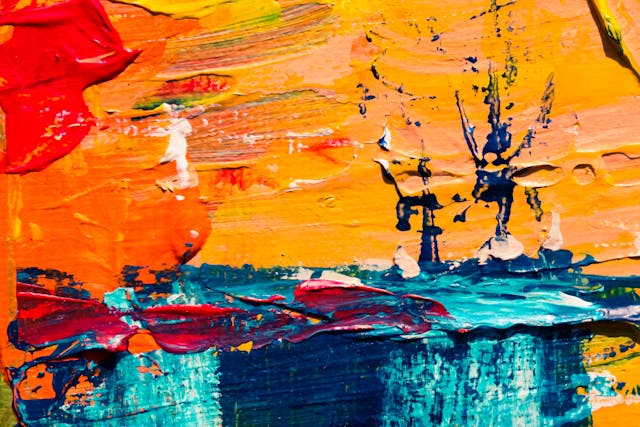The Revival of Traditional Techniques in Contemporary Art
In today’s fast-changing art world, where digital tools and new media dominate, a surprising trend is emerging: artists are returning to traditional techniques. From oil painting to hand-carved sculpture, many contemporary creators are embracing classic methods to bring depth and meaning to their work. Let’s explore why traditional art techniques are making a comeback and how they influence modern art.

What Are Traditional Techniques?
Traditional techniques include time-honored methods like oil and watercolor painting, printmaking, ceramics, weaving, and sculpture. These methods have been passed down for centuries and often require skill, patience, and a hands-on approach.
Though once seen as old-fashioned, these techniques offer unique textures, details, and craftsmanship that digital art sometimes lacks.
Why Are Artists Returning to Tradition?
A Desire for Authenticity
In a digital age filled with instant images and mass production, many artists crave authenticity. Working with traditional materials allows them to connect deeply with their craft and create one-of-a-kind pieces.
Slower, Mindful Creation
Traditional methods encourage slower, more deliberate work. This mindful process contrasts with the speed of digital creation and social media, helping artists focus and reflect.
Blending Old and New
Contemporary artists often combine traditional skills with modern ideas or digital tools. This mix produces fresh, innovative art that respects history while pushing boundaries.
How Traditional Techniques Shape Contemporary Art
Rich Textures and Details
Handmade art often reveals subtle textures and imperfections that digital methods can’t replicate. These qualities add character and invite viewers to explore the artwork closely.
Cultural Preservation
Using traditional techniques helps preserve cultural heritage and craftsmanship. Many artists revive forgotten skills from their communities, keeping these arts alive for future generations.
Storytelling Through Process
The process itself becomes part of the story. Viewers appreciate knowing the time and effort behind a piece, adding emotional weight and meaning.
Examples of the Revival in Action
- Painting: Artists are rediscovering oils, using layered glazes to create luminous effects that digital screens cannot match.
- Printmaking: Techniques like etching and screen printing are popular again, often combined with digital prints for hybrid artworks.
- Textiles: Weaving, embroidery, and natural dyeing are rising in fashion and art circles, highlighting sustainable and handmade values.
- Sculpture: Carving and casting with traditional materials like wood, bronze, and clay bring tactile richness to modern sculptures.

Challenges and Opportunities
Working with traditional techniques can be time-consuming and costly. It requires dedication and sometimes specialized tools or materials. But the payoff is artwork that stands out for its quality, history, and craftsmanship.
Artists and collectors increasingly see the value in these methods, opening opportunities for education, exhibitions, and market growth focused on traditional art forms.
Final Thoughts: Tradition Meets Innovation
The revival of traditional techniques in contemporary art shows that the past and present can work hand in hand. Artists who embrace classic methods bring a new depth and soul to their creations, proving that sometimes, looking back is the best way to move forward.
Whether you’re an artist or an art lover, this trend offers a chance to appreciate the timeless beauty and skill behind handmade art in a digital world.












